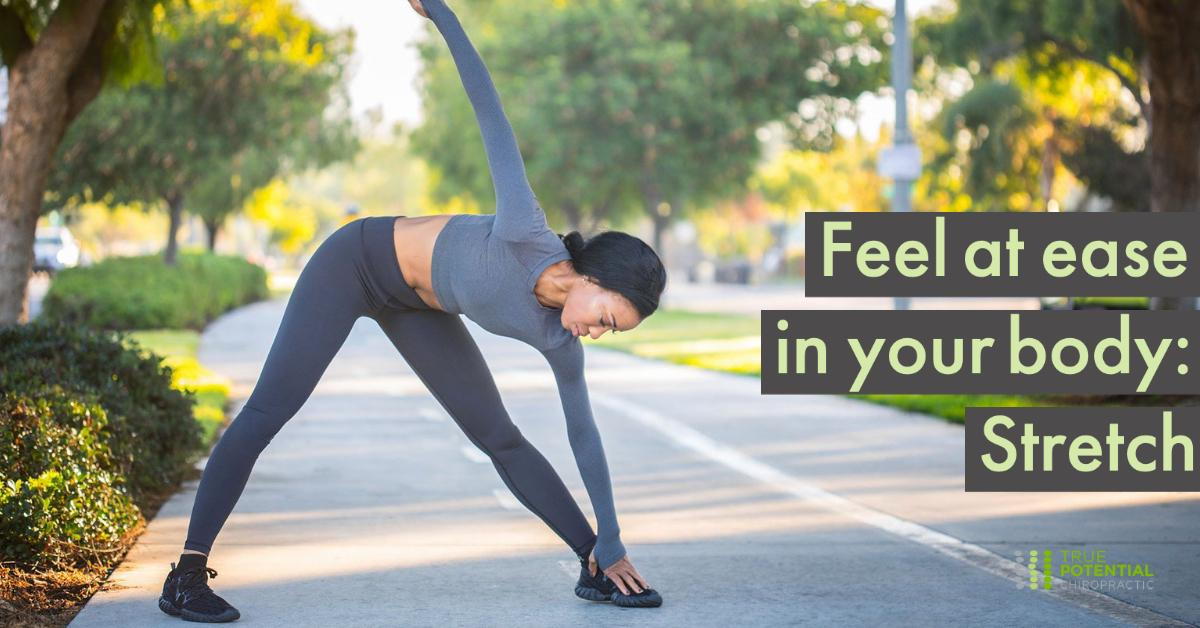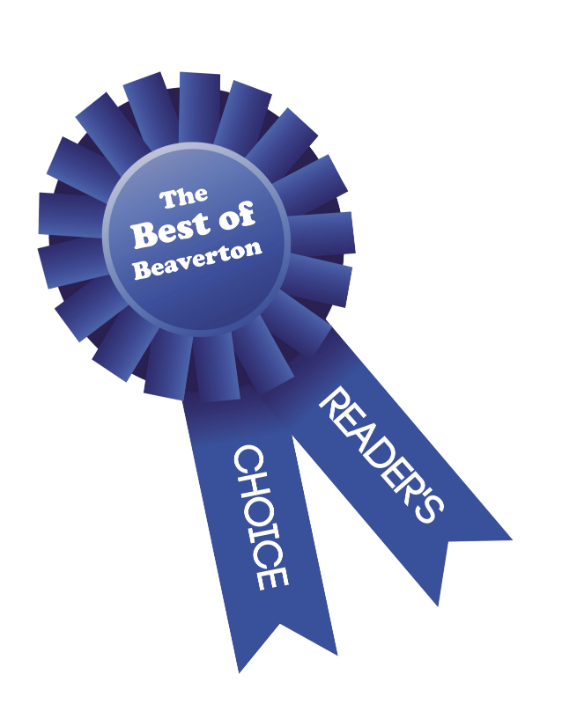
We know, we know. Stretching is something we all know we should do but often don't. You don't have to be an athlete to benefit from stretching.
Why should you stretch?
Stretching increases your range of motion or ROM. The more ROM you have, the more comfortable you move, the more at ease you feel in your body. Plus, you'll heal better and injure less.
Stretching also improves your blood flow. Blood vessels, lymph vessels, and nerve sheaths all have more wiggle and breathing room, so numbness becomes a thing of the past.
Fatigue diminishes because the tissues are encouraged to increase in elasticity and blood flow, which helps hydrate the muscles and allow for nutrient and oxygen exchange.
Who should stretch?
Everyone! You! Stretching helps you retain your current ROM and enables you to increase it. It's especially beneficial for those who struggle with functional movement.
What kind of stretching should you do?
Stretching can be categorized as passive or active – each with its own style and benefit.
Active stretching warms the tissues with increased blood flow, gently improving the range of motion. Make slow, broad circular movements to identify where restrictions and muscular hang-ups might exist. If you're unsure, follow your breath. Your body will naturally hold the breath when there's a challenging spot to work through – but don't hold it! Make sure you breathe through your stretching. Check out our blog on breath control benefits.
Resistance-style exercise is generally considered an active stretch. When performing weight lifting and other types of resistance exercise, move through a wide range of motion safely. Choose weights you can control gracefully through the entire range of exercise. Resistance bands are a good option. They allow you to progressively load the muscles and are a much safer way for warming up into strenuous activity.
Passive stretching is a way to increase your range of motion after warming up. At TPC, we offer assisted stretching, a type of passive stretching where you are encouraged to "sit and sink" into the stretch.
This type of stretching gradually loads the tissues with increasing pressure and constricts blood flow. Don’t force or hold the stretch for too long, primarily through sensitive areas, and always make sure to be warmed up and appropriately hydrated. You don’t want to cause an injury by forcing cold tissues.
What should I stretch?
Stretch whenever you sense an uncomfortable tension in the muscles, and especially after being still for any significant length of time.
Stretch through parts of your body that don't typically experience a wide range of motion. For most people, this is everything on the front of the body like the neck, chest, and abs and the muscles that stay short for long periods like the armpit region, front of the groin, and behind the knees.
How should I stretch?
At first, stretching creates soreness and challenges the tissues to do something they’re not used to. But with consistency stretching will become easier with each repetition.
Starting with the tight spots, be deliberate and careful. Go slowing on movements the body's muscles and ligaments are reluctant to do. A good full-body routine might look like a mini yoga class – mountain pose, downward dog, upward dog, crescent lunge, triangle, and pigeon pose will stretch virtually every key muscle group.
A class like FlexFit or an assisted stretch session with one of our Stretchologists will help you with technique and nuances to make the most of your efforts. If you can’t make it into a class or session, check out our At Home Stretch Video Sessions. Your body will thank you!

